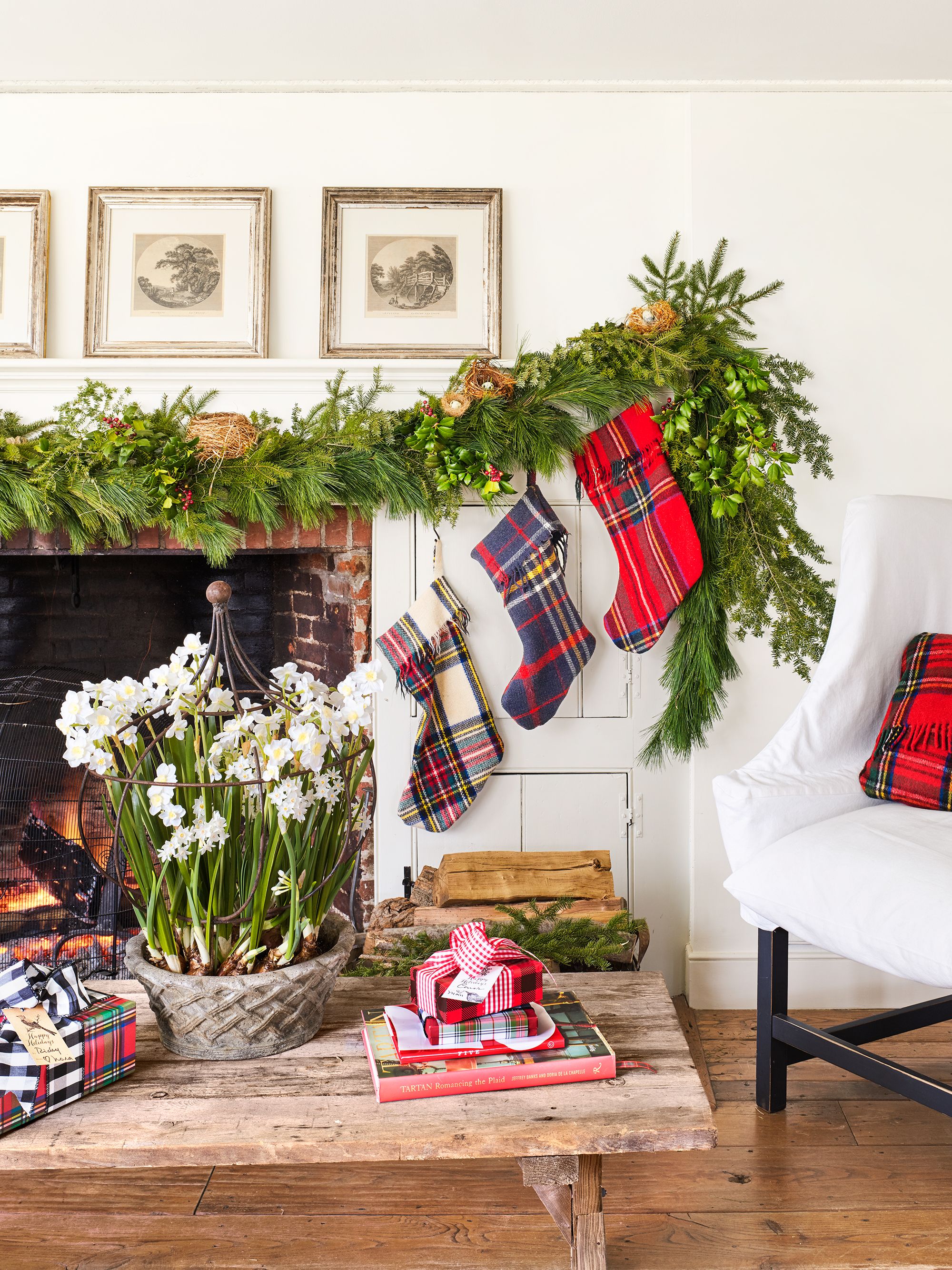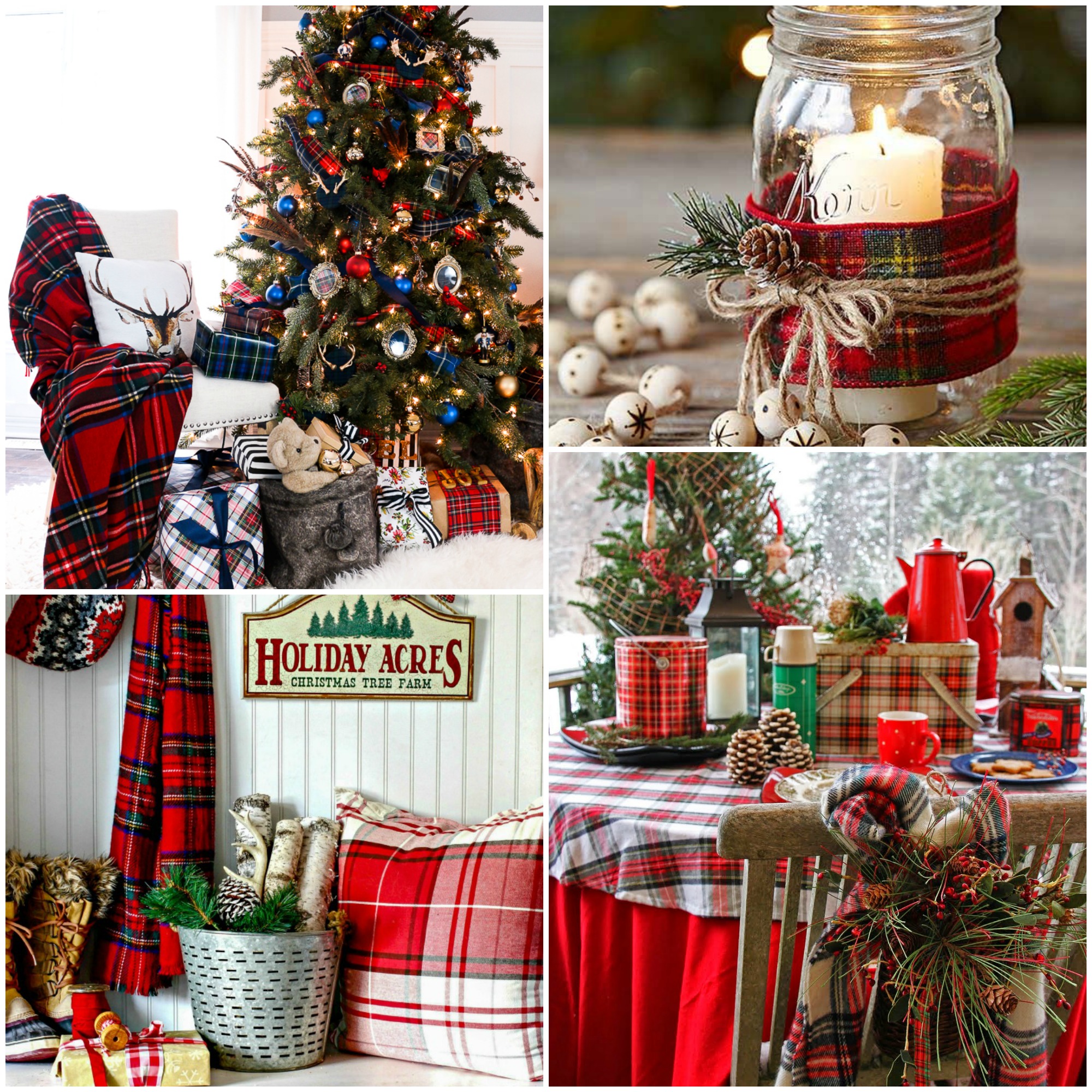November 17, 2019
 When we think, “Christmas Design,” our thoughts frequently go to Tartan Plaid! You can find this pattern everywhere at this time of year. Pillows, stockings, scarves, dishes, you name it. While we love it, we wanted to know why it was so symbolic. We decided to do a little research and check out the origins of this traditional festive fabric.
When we think, “Christmas Design,” our thoughts frequently go to Tartan Plaid! You can find this pattern everywhere at this time of year. Pillows, stockings, scarves, dishes, you name it. While we love it, we wanted to know why it was so symbolic. We decided to do a little research and check out the origins of this traditional festive fabric.
Most folks immediately think Scottish heritage but the earliest tracking found it to go back as far as 1000 BC. In one example, a mummified man tracing to Celtic descent was discovered wearing Tartan leggings and a red tunic shirt. This man was discovered in the Western part of China in a region of the Taklamakan Desert.
In the BC era, prior to the Christmas holiday, the plaid was worn during the winter solstice celebrations. The association of tartan with Christmas is amplified because of the Scots, specifically those descended from the Celts who celebrated the winter solstice. Commonly referred to as Yule, the festivities which covered a period of days as opposed to one single day were said to bring light to dark winter days and to please the gods so that the sun can return. The festivities involved the burning of the Yule log and kissing under the mistletoe. The decorating of trees and the use of the holly flower were also said to be made popular by the Celtic pagans.
The real popularity came in the 17th and 18th centuries in the Highlands of Scotland. In further reading, it is said folks would take the original patterns and design different versions and use those patterns to identify different families or clans as they were referred to. Actually, until the middle of the nineteenth century, the highland tartans were only associated with either regions or districts, rather than any specific Scottish clan. This was because like other materials, tartan designs were produced by local weavers for local tastes and would usually only use the natural dyes available in that area, as synthetic dye production was non-existent and transportation of other dye materials across long distances was prohibitively expensive. (There was no amazon!)
When tartan became part of the Christmas holiday, it was inspired by the spirit of Christmas. In different patterns, you will see the same colors: green represents Frankincense; red represents Myrrh and yellow represents gold, the color of kingship. Gold, frankincense and myrrh are the gifts given to the Baby Jesus by the three Kings in the nativity story, each symbolic of Jesus’ life and death. Even if this is not the way you celebrate, most likely you recognize the pattern due to the seasonal popularity and may even own something with the print on it.

Tartans originated in woven wool, but now they are made in many other materials. And, while wide spread production is now available, the perception of the patterns and colors is still Winter and Christmas time. The history is rich around these patterns they tend to always remind us of beautiful design, family and Christmas!
Telling The Story of Home,
Andrea and Kimberly
Hey! This post could not be written any better! Reading through this post reminds me of my old room mate! He always kept talking about this. I will forward this write-up to him. Pretty sure he will have a good read. Many thanks for sharing!| Fanchette Gilburt Benjamin
That is so funny! Feel free to share what he thinks as well!
Comments